We may earn revenue from the products available on this page and participate in affiliate programs. Learn More ›
SONNY MCFARLAND has disappeared.
I shouldn’t have been surprised. The East Tennessee region where he made his name is notoriously insular, with a history of bootlegging and moonshiners who took great pains to hide themselves from revenuers.
Multiple anglers who learned the art of making balsa crankbaits at Sonny’s knee said they didn’t have his number. A noted remaining contemporary likewise demurred. One day “he was just gone,” said another former friend. Even Rob Cochran—who has known McFarland since he was 8 years old, virtually grew up in his shop, and effectively inherited McFarland’s business—can’t get his mentor to answer the phone. When I repeatedly pressed Cochran for a number, he ended the conversation by saying, “I’m not supposed to give it out. He would kill me if I did.”
McFarland started his lure company in 1974. It’s been nearly a decade since he’s produced a crankbait for sale. One rival suggested that his sudden disappearance was an attempt to escape from the law, or creditors, but without further substantiation, it might simply reflect that he got tired of pouring his heart and soul into a craft that paid poorly and left him with little more than callused hands and the perpetual aura of paint fumes. By leaving his tools to Cochran, he provided a treasure map and little more. The fact is that no one is getting rich off of balsa, but in a world of disposability, many bass fishermen still value tools with a distinctive regional imprint. Plastic baits are cheaper, more durable, and catch fish, but for many anglers, balsa inspires a confidence that cannot be mass-produced. The Carolinas and a few other states contribute to the cult and have their own respected builders with their own devout followings, but the biggest strongholds in the craft remain in East Tennessee and the Ohio River region.
“It’s just something we grew up doing here,” says Wesley Strader, a bass pro, lure-maker, and son of McFarland’s contemporary, Bud Strader. “It was part of the culture here in Tennessee, like country music.”
As with country music, though, some of the innovators are being forgotten and replaced by imitators—some competent, others watered down. As legendary lure-makers fade away, it leaves those still in the game wondering if the balsa embers will burn bright enough to light the path for the next generation.
Magic Touches
Wood is essential to the American creation folklore—from George Washington’s cherry tree to Abe Lincoln’s log cabin to Roy Hobbs’ “Wonderboy” bat—and no piece of wood-based Americana is more loved or fiercely debated than barbecue. Whether you favor hickory, cherry, or mesquite, and whether you use it for pork, brisket, or sausages, it breeds fanaticism.
Crankbaits made of porous, coarse balsa inspire that same near-religious devotion, and the zealots are quick to fight—with others and among themselves—about whose lures are the best and why. The funny thing is, balsa isn’t distinctly American. It’s native to South and Central America, and its use in lures predates these small-batch creators, first gaining national attention in August 1962, when Finnish lure-maker Lauri Rapala was featured in a Life magazine article entitled “The Lure Fish Can’t Pass Up.” That issue became the publication’s best-seller to date, likely because the cover featured the recently deceased Marilyn Monroe. The article mainstreamed the idea of a “magic lure,” and specifically the balsa mystique. However, the very things that make balsa baits effective also make them maddening.
“No two baits are the same,” says Bud Strader, who never officially started his own lure company but has been making them for personal use and for friends since the early 1970s. He also claims to have influenced other prominent builders: “There will be something special about one or two of 10 lures.” Nearly all of the disciples give the same frustrating response about what makes one better: You’ll know it when you fish it. The pros may intellectually understand that there’s no such thing as a magic bait, but they all seem to have some balsa cranks they only throw when there’s a five- or six-figure check on the line. Wesley Strader has retired some baits simply because he ground the bills off from overuse.
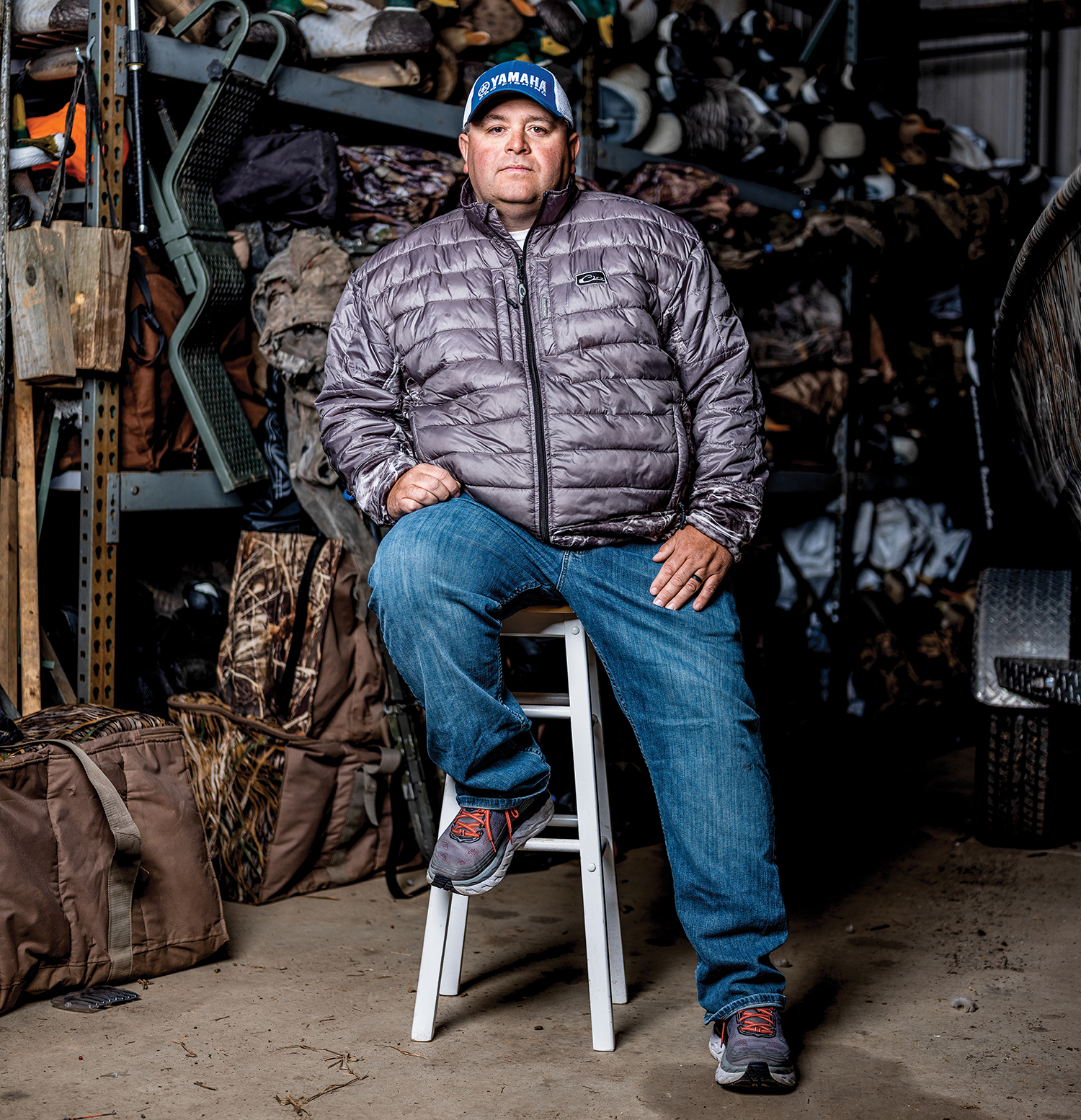
The secret sauce is balsa’s buoyancy. You can bang balsa cranks into cover and let them float back, and they have a crisp action that responds immediately to angler input. Most important to some, though, is their “hunting” action—on a straight retrieve, some baits suddenly shoot out to the side and then track true again. That random action often triggers fish that are otherwise disinclined to eat.
Whittled Down
Fred Young’s balsa Big O—the first of what would eventually morph into Bagley’s famed line of Alphabet Baits—was hand-carved in the early 1960s in Oak Ridge, Tennessee, just a stone’s throw from where many of the modern artists still work. Like the Rapala, it created a firestorm when word got out. Big Os were reputedly in such short supply that anglers willingly rented them for $25 a day, with a $25 deposit in case the lure was lost. Young whittled his prototype as he recovered from surgery, and as Bud Strader notes, “There are a lot of guys around here who whittle,” so the regional DNA provided a building block.
The Tennessee clan resembles an NFL coaching tree, where Bill Parcells begets a Bill Belichick, who spawns 10 more successful coaches, except no one can agree on the line of succession. Bud Strader says he learned bait-making from a man called “Bull Durham” in Chattanooga. Strader built baits similar to his mentor’s, and others began building baits similar to Strader’s. “Pete Reynolds modified mine, and it became the Little Petey, and Sonny took his design off one of Pete’s,” says Strader.

Craig Powers, a Tennessee-based pro angler and maker of CP Crankbaits, says, “There were homemade plug-makers all around me growing up. It was kind of crammed down my throat.” As his tournament career progressed, he increasingly relied on a perfectly weighted, flat-sided balsa bait, with a tight wobble and no rattle to provide negative cues, as a means of separating himself from the competition. If there’s one thing the East Tennessee crew can agree on, it’s that the region’s craftsmen share a common approach. “Sonny and Pete had the same mindset,” Powers says. “It was my way or no way.” Then he laughs and says, “There are things about my baits that I think are better than Rob [Cochran]’s, and I’m sure he thinks there are things that are better about his.”
When McFarland saw a young Cochran teaching himself the craft, he told him, “I’m going to show you how to build them the right way.” That started not with balsa, but by teaching him how to weld and make his own duplicator machines. “He’d give me hints, like putting a jigsaw puzzle together, but I made him a promise after we built those machines that I wouldn’t show people,” Cochran says.
Today there are numerous disciples of those early Tennessee lure makers, but few craftsmen pursue it full time. For Cochran, “It’s a hobby that got out of control.” He builds nearly 3,000 baits a year and sells them all, yet he relies on his lawn care and landscaping business to fund his passion and pay the bulk of his bills. “Some people may be in it for the money, but most of us are in it for the heart and soul.”
Cochran is an amalgam of looks that straddle generations. His shoulder-length hair, showing not a bit of gray, scraggles at his neck and would have been right at home at a Kiss or Waylon Jennings concert decades ago. But his graying mustache and weathered face betray his years in the sun and behind a workbench. He’s a child of the ’70s, for certain, and since he “doesn’t do websites,” he’s not sure the 21st century is where he belongs. He was smart enough, though, to put his company, Jawjacker Crankbaits, on Facebook, where he has more than 3,000 followers and a profile picture of himself smiling with an arm around Bill Dance.
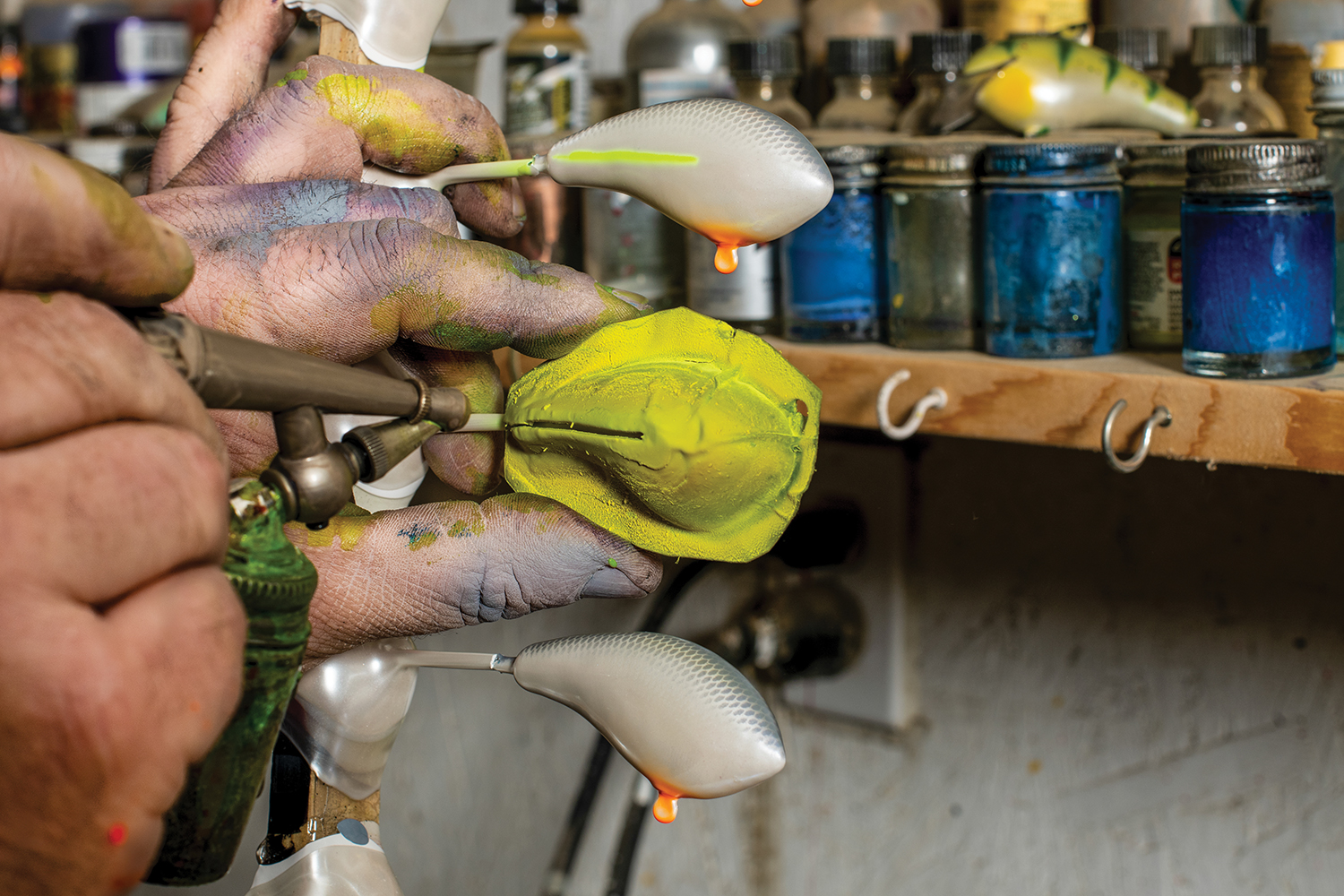
To achieve a reputation like Cochran’s, one must realize that making great baits is less like making gumbo—in which each additional item adds to the mix—and more like baking, where imbalanced ingredients, the wrong amount of time in the oven, or inaccurate temperatures totally change the outcome of the finished product. Unlike with plastic models stamped out of a mold, there are dozens of steps involved in making a single crankbait. “You have to be an artist, a chemist, a machinist, and a woodworker,” Cochran explains. “If I cut one crooked, I just throw it right in the trash.”
Brothers in Balsa
The Ohio River, situated at the harsh intersection of Appalachia and the Rust Belt, is one of America’s toughest bass fisheries. East Tennessee’s clear highland reservoirs contrast completely with the shallow and infertile Ohio. What they have in common, however, is that their anglers bleed balsa.
Bill Lowen says the day he got his first Wee Bait was transformative. “I’m a balsa freak,” he says. He has a stash of hundreds in his garage, including a lot he’d “go swimming for.” Lowen came close to crying a few years ago at Pickwick Lake when thieves broke into his boat and seemingly targeted only the handmade, super-rare cranks. “When I first started tournament fishing, it just seemed that all of the best anglers in the area were using balsa,” he explains. “If you didn’t have them, you were behind the eight ball. You weren’t going to catch any fish.”
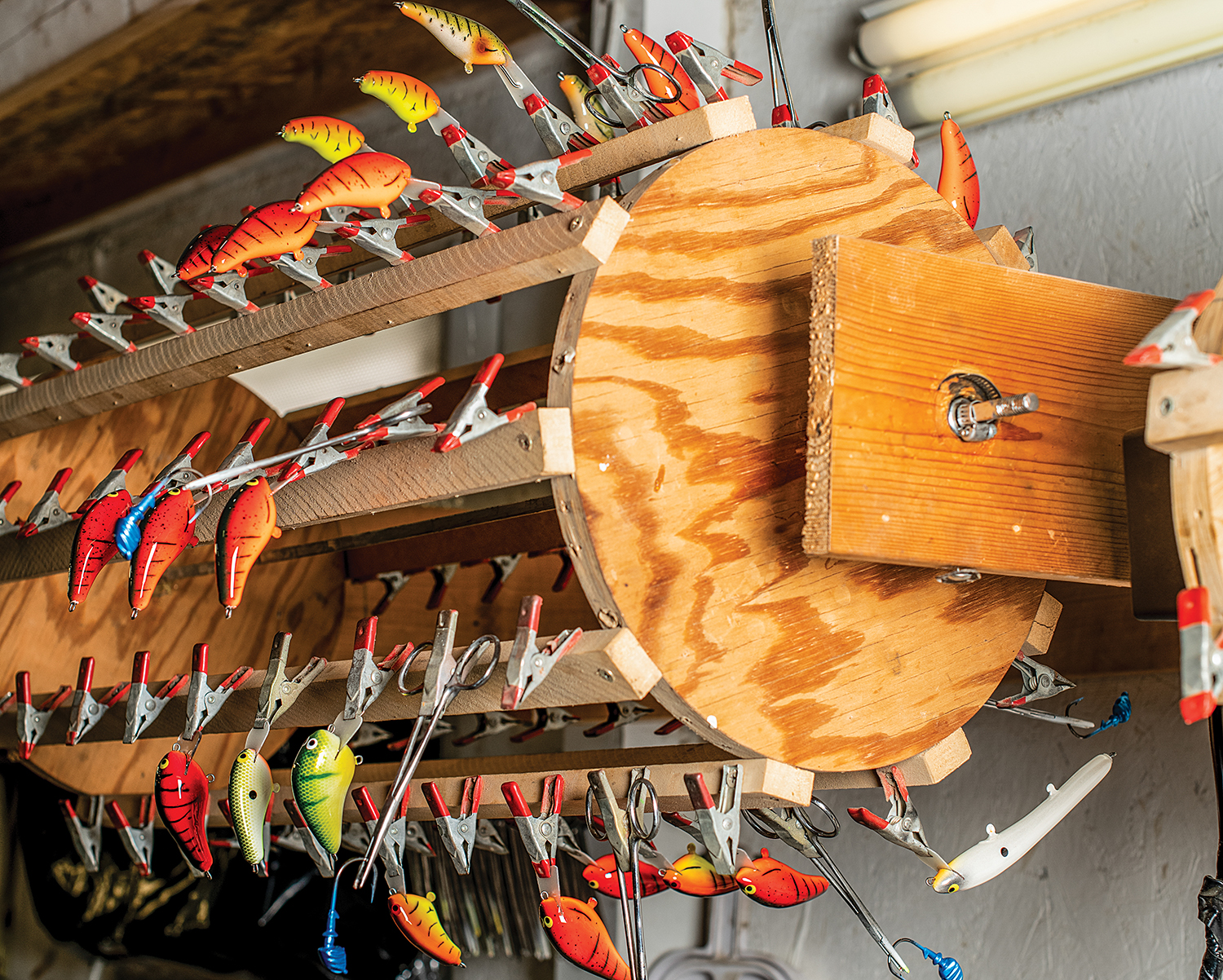
The Wee Bait inspired others, such as the D Bait, the Lazer Lure, and “some baits nobody will ever know about from a guy building 200 a year out of his basement,” Lowen says. While the Tennessee baits were often made with finesse and silence in mind, the pressured Ohio waters demand that anglers bulldoze cover. It’s shallow-water combat fishing. If you can’t touch bottom with a 3-foot pole, you’re too deep. Baits need to float up and out of cover, and it’s this region that gave us the term “worming” a crankbait, because the locals put balsa cranks in places others would only cast a worm or jig to. They’ll ease them through the nasty stuff. It’s this ability to plow through cover that led Lowen to refer to one favorite bait as a “baby dump truck.
Lowen’s best friend, Phil Hunt, is one of the few who crafts balsa baits as a full-time gig. Neither guy fits the mold of the blow-dried, pressed-shirt glamour boy that pervades pro bass fishing in the YouTube era. They both have close-cropped heads and the slight paunch of lunch-pail workers, the type who might bowl together on Wednesday nights or grab a beer when a shift ends at 8 a.m. Their accents are noticeably rural but not regionally specific. They’d sound equally at home driving a combine in a Nebraska cornfield, working in an Ohio steel mill, or as transplants to the natural-gas fields of North Dakota.
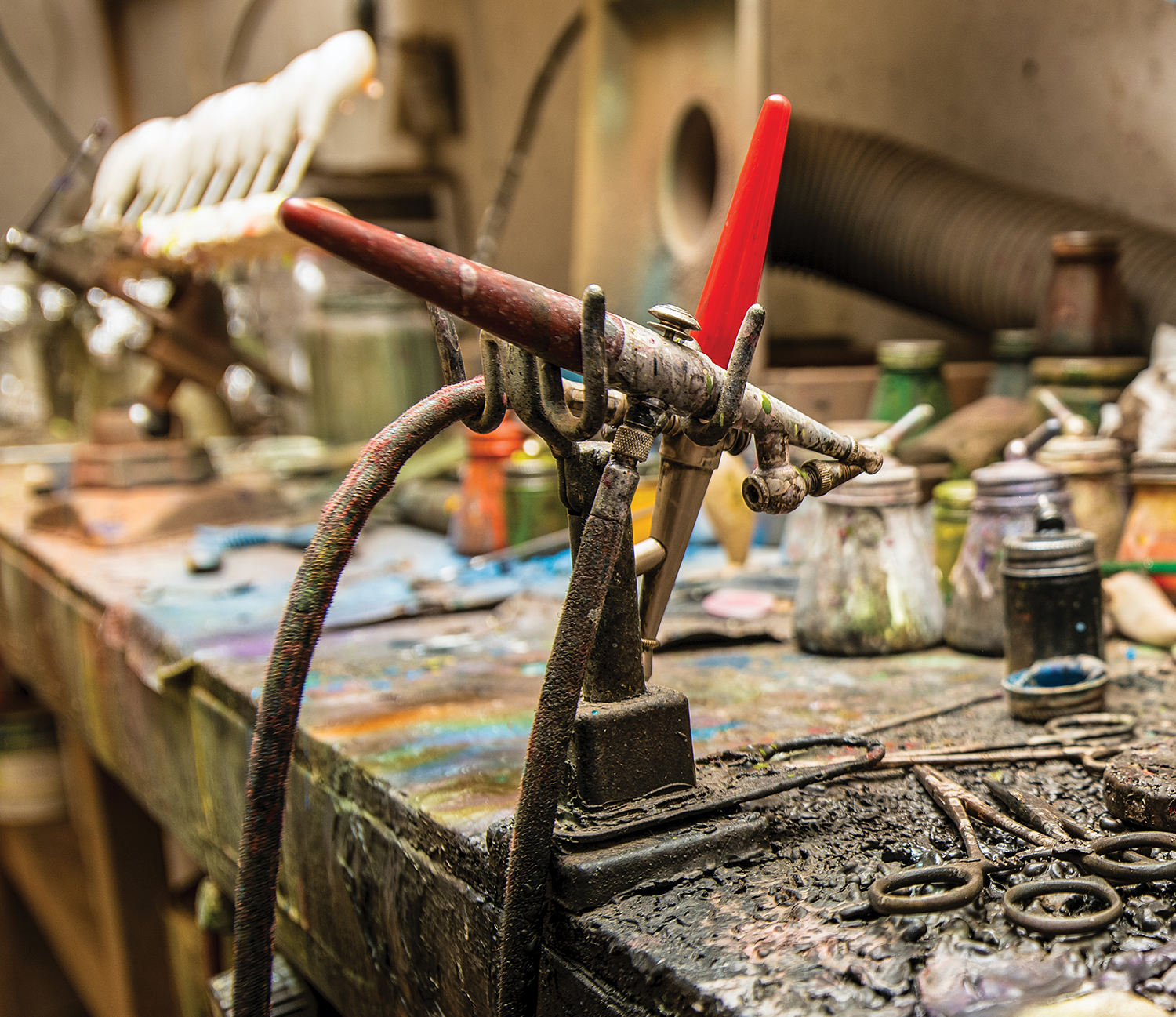
“We didn’t have much money growing up, but we lived on the river, and my brother and I spent our time wading for smallmouths,” Hunt recalls. “I was always fascinated by balsa. My brother and I would literally shovel shit out of farmers’ stalls and bale hay to pay for Bagley’s crankbaits.”
The self-sufficiency Hunt learned in childhood led him to craft his own lures, and he knows that there are no shortcuts: “It takes 40 steps or more to make one of them right.” He’s also learned that with wooden baits, unlike plastic lures, “every one of them has its own personality.” Most important, Hunt, true to his name, has figured out the trick to getting a bait to hunt. It requires a construction that is inherently unstable. Too perfect and they’ll run too true; too imperfect and they’ll never come back to center. His ability to thread the needle consistently is why his baits are so highly coveted.
Hunt has curated a catalog of more than two dozen distinct designs. You can purchase them through online retail giant Tackle Warehouse, as well as from his own website, and they average $23 apiece. The PH Custom Lures Facebook page boasts almost 12,000 followers, plus the company has nearly another 4,000 on Instagram. That seemed to be a pipe dream a decade ago, when Hunt was working full time as a paramedic and producing 300 to 400 baits a month all by himself. That number increased in short spurts until he was “overwhelmed with orders.” Today he has three full-time employees and another that works part time, and their annual production is 10 times what it was back then. Monthly production rarely dips below 2,000 and sometimes shoots as high as 5,000. In March 2019, he got a $12,000 order from one shop in Texas, and a tour-level pro put in a request for 59 baits, a number that pales in comparison to some single enthusiasts who often order 100 to 150 at a time.
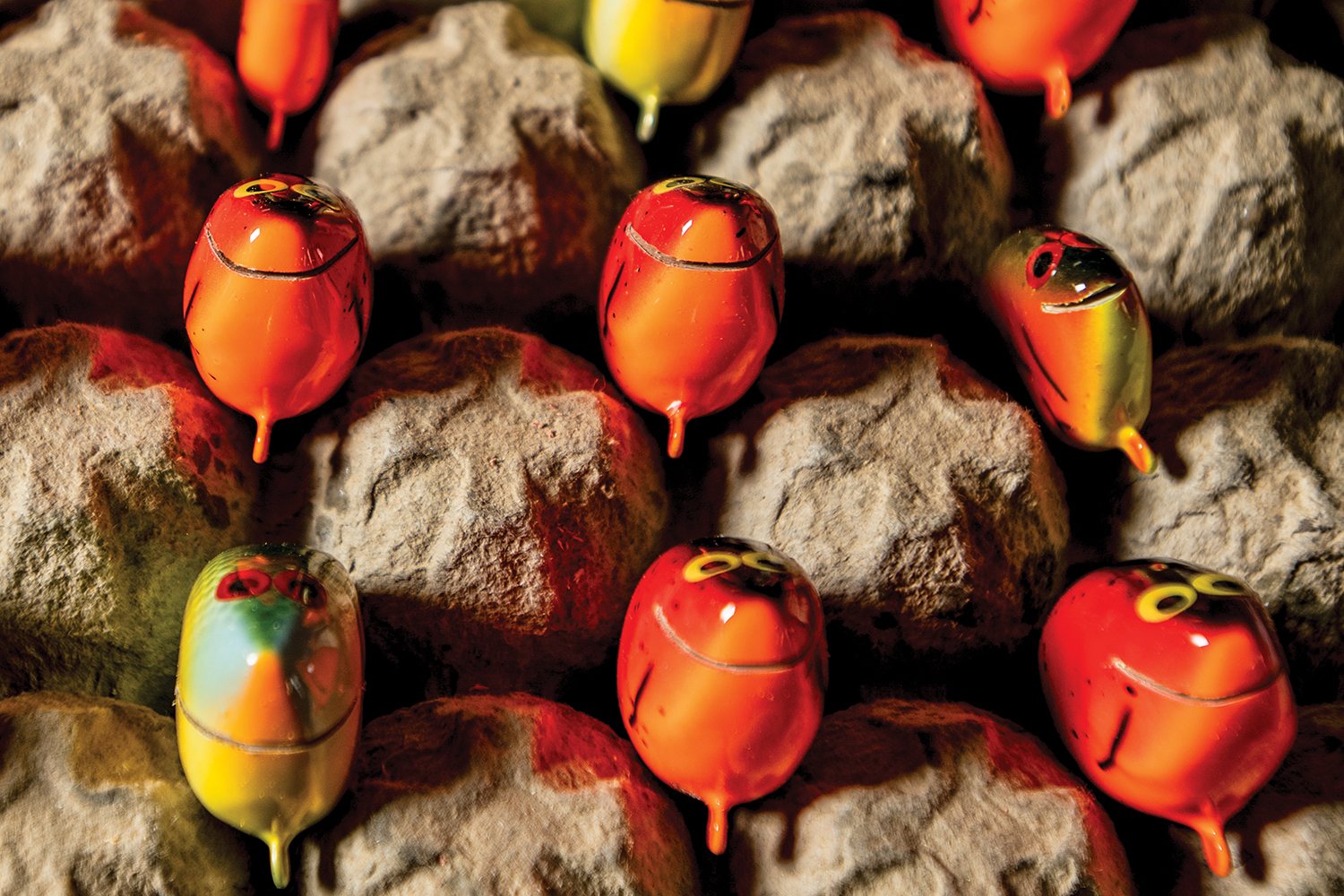
Grains of Truth
Guys like Lowen and Wesley Strader have enough experience, know-how, and passion to produce custom balsa, but they opt to put all their energy into tournament fishing. They’re both in their 40s and don’t have the free time to share the lessons or start their own companies. Others, like Cochran and Hunt, in their 50s, can’t pass the torch because they either have no children or their children aren’t interested. Ed Chambers, owner of Zoom Bait Company, often focused less on the soft-plastics that made him millions and more on his hand-carved WEC crankbaits. When he died in 2018, his 52-year-old son, Ed Jr., took over the company but not the artistry. Even the “young” guys are now on the far side of middle age.
“All the old boys are basically gone,” Bud Strader says of his Tennessee peers. “When I’m gone, it’s gone.”
The Wee Baits that were Lowen’s gateway drug to his balsa addiction are also closing in on the end, even if demand persists, because their creator, Wes England, is in his 80s. While he previously sold through multiple retailers, now Dixie Marine in Fairfield, Ohio, is the only store that carries Wee Baits. They restock 100 when they run out, which usually takes two weeks. “But when he’s done, we’re done with custom balsa,” the store manager admits.
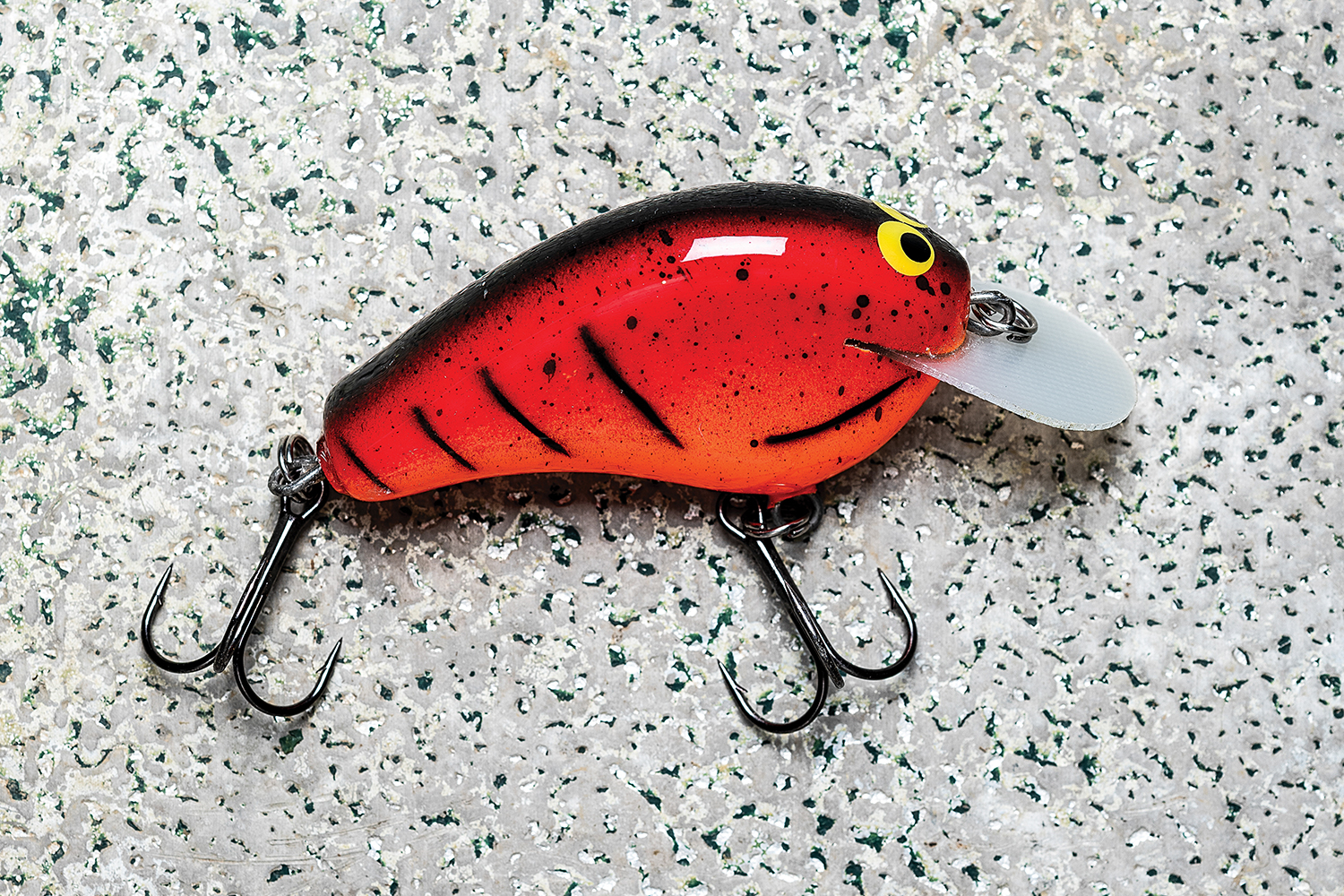
Even though plastic may rule the market, balsa’s not going away—yet. Every person I talked to added another modern-day creator to the list. Covering them all would be nearly impossible. For the time being, it’s not the product that’s evaporating, it’s the mentoring. Sure, there are younger builders who can mimic a body shape or a bill angle developed in another era, but they don’t know the why behind the how. Furthermore, the pool of potential carvers has dwindled. As Lowen notes, “They’ve taken shop class out of schools. That was the part of the day you looked forward to.”
“One buyer told me that the wood-bait industry was dead,” Hunt says. “Guess what? He’s selling my baits now.” As far away as Japan—where many things uber-American, from baseball to jazz to denim, are revered—the appetite for these authentic pieces of Americana is insatiable. On eBay, certain rare factory Bagley’s plugs routinely sell for more than a thousand bucks, and as the balsa fathers die off, their plugs should likewise start to go for several hundred or thousand dollars. The question is, if you pay that much for a bait, is it a tool or is it a collector’s item? If you retire it to a locked cabinet instead of putting it in a tackle tray, how does the next generation of anglers get to understand its effectiveness?
Despite creeping cost inflation, most modern builders such as Craig Powers strive to keep their prices fair. “I grew up dirt poor,” he recalls. “I have a big waiting list, but I still charge $15 to $25. People around here put on a pair of boots for a hard day of work. They can’t afford more.”

Today’s technology does allow for economies of scale and improvements, but an honor among the fraternity to not steal designs will always limit the supply. As Hunt says, “There are a lot of baits people ask me to build, but I can’t copy them.” When a designer has been dead for decades but his legend and creations live on, what is the best way to respect that heritage? Is it to build carbon copies? Build close facsimiles? Or just let the few remaining plugs be his legacy? There’s not necessarily a consensus of opinion.
In the grand scheme of things, the disappearance of the archetypal Tennessee or Ohio craftsman is not a national catastrophe that will garner media attention or end up the subject of an HBO documentary. The old-school craftsmen will just continue to quietly retire, the lures in shops will eventually sell out and not be replenished, leaving balsa believers to cherish the baits they have or spend more time talking about the baits they wish they could replace. Nevertheless, the overall fading of the art reflects a wholesale change in fishing culture.
Kids no longer sit in workshops or in the back of a dusty tackle shop, earning silent wisdom paid for in hours. You can’t whittle while you text. There are Facebook groups and tackle-building websites in which bait-makers get together and share pictures and (limited) trade secrets, but they have their own vernacular—there’s no way for the uninitiated to wade into a sea of “mutts” and “coffin bills” and references to long-ago builders—and that makes it hard to infiltrate the clique. If you don’t already know why the folklore matters, then you probably won’t think to ask. And if you don’t know the back story, it’s easy to just pull homogenized plastic products off the pegboard and head to the big-box cash register instead.
“The tradition is not going away, but the history of it is,” Powers says. “You can’t write a book about it. No one will read it. The only way to preserve it is to tell as many people as you can the simple facts while you’re still here.”
The Crank Addict’s Black Book
If you’re ready to dabble in high-quality, low-volume balsa cranks and the online-auction route doesn’t appeal to you, here are a few builders who still produce exceptional baits on demand.
PH Custom Lures: Phil Hunt produces homages to long-gone Tennessee and Ohio builders, and also has plenty of his own designs. phcustomlures.myshopify.com
Jawjacker Custom Crankbaits: Rob Cochran is the heir to legendary lure-maker Sonny McFarland. facebook.com/jawjackercrankbaits
Black Label Balsa: These cranks are handcrafted by 2013 Bassmaster Classic winner Cliff Pace. blacklabeltackle.com
This story originally ran in the Summer 2019 issue. Read more OL+ stories.
